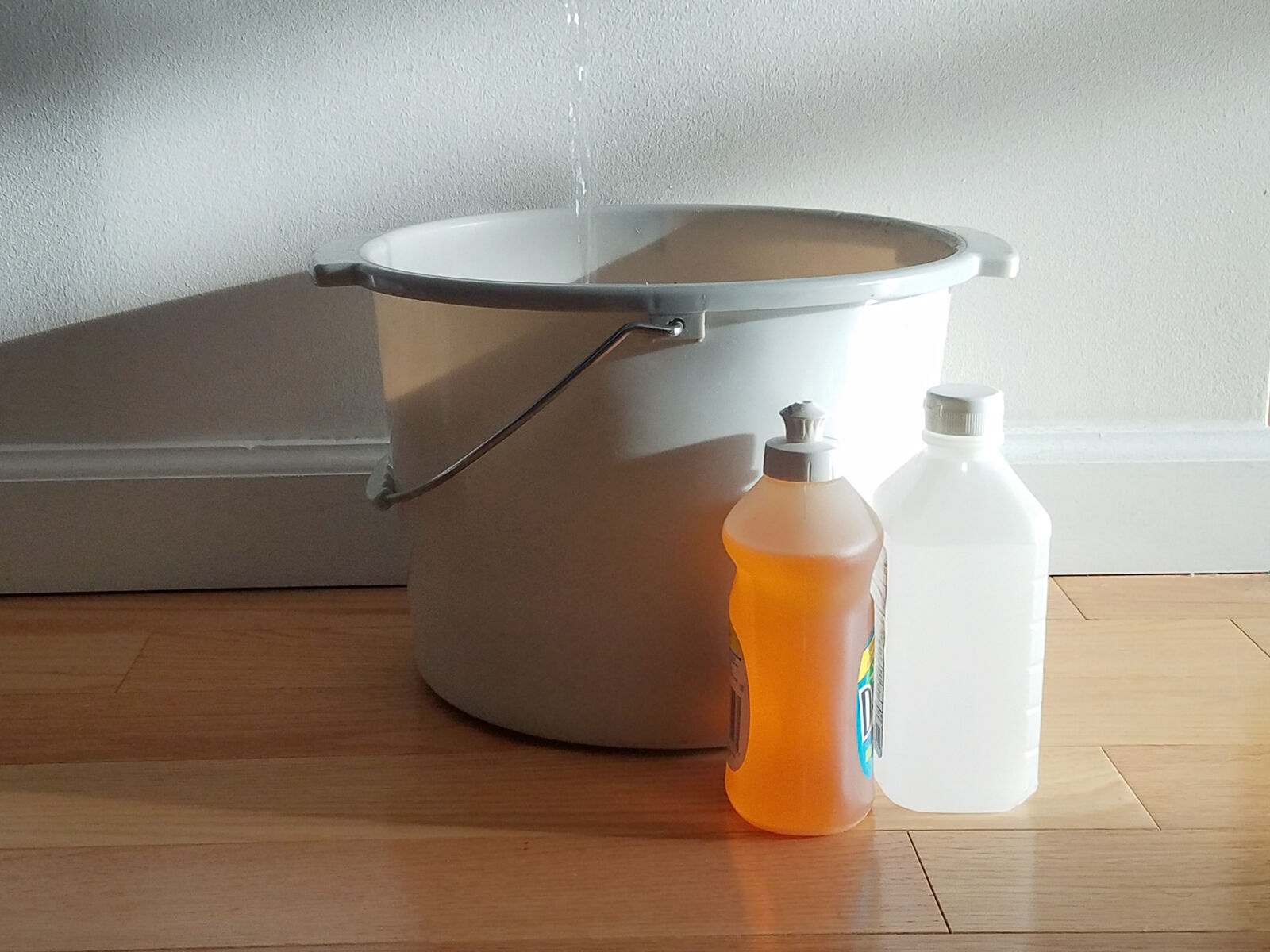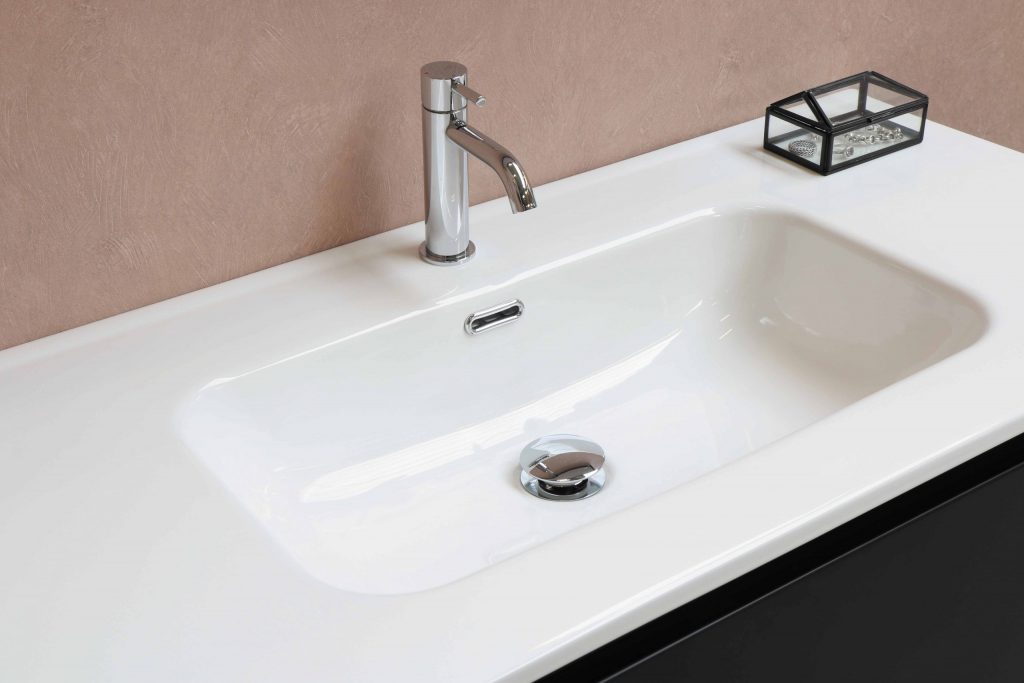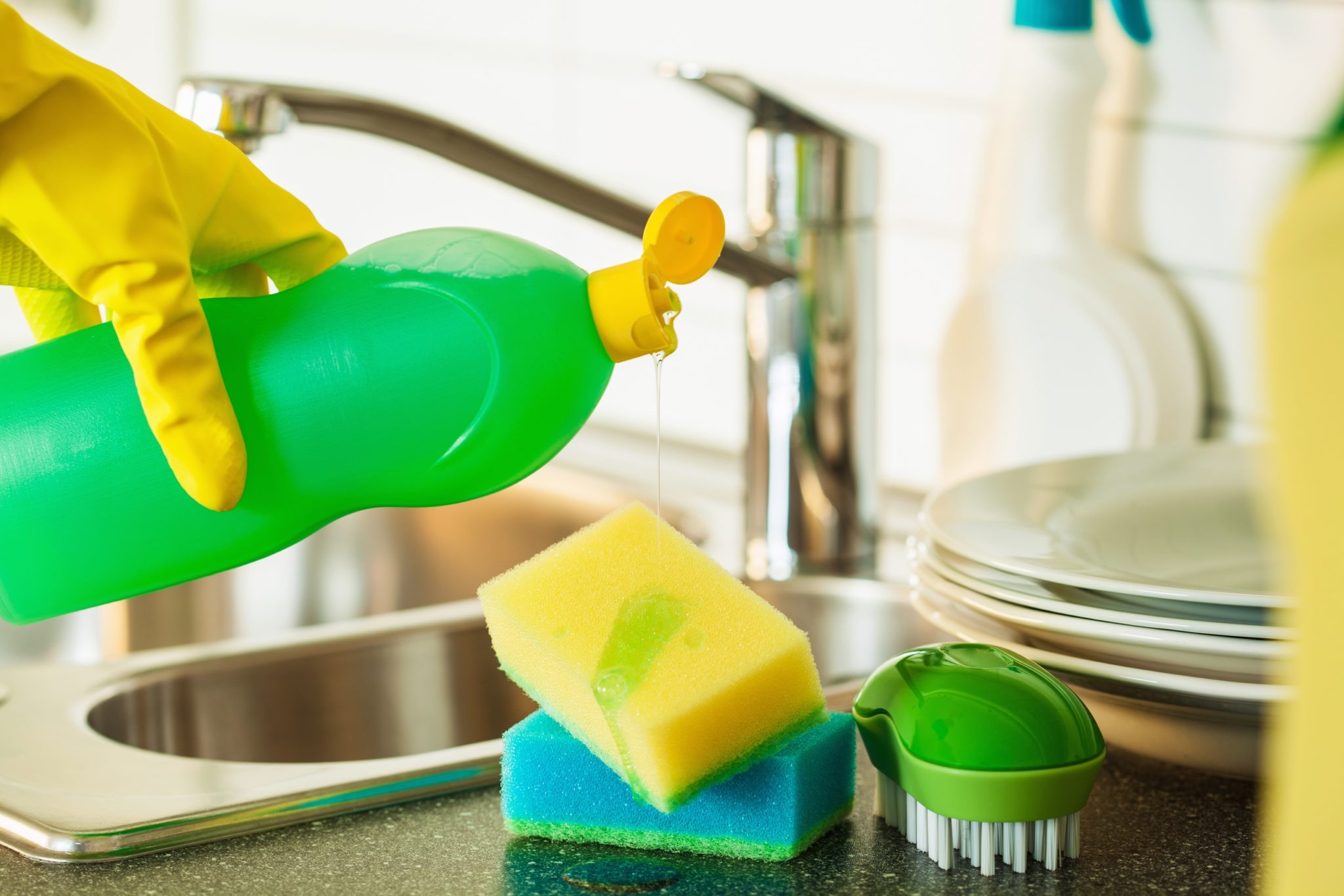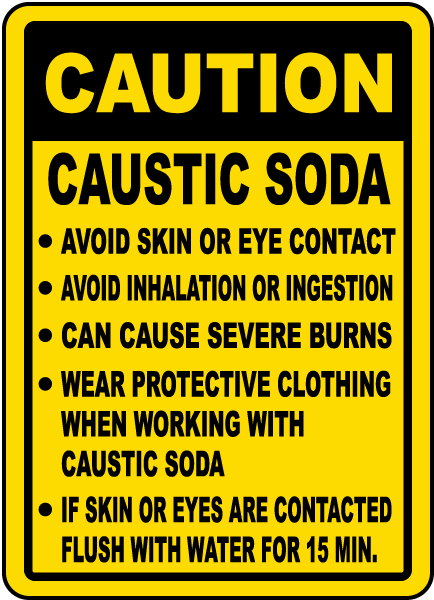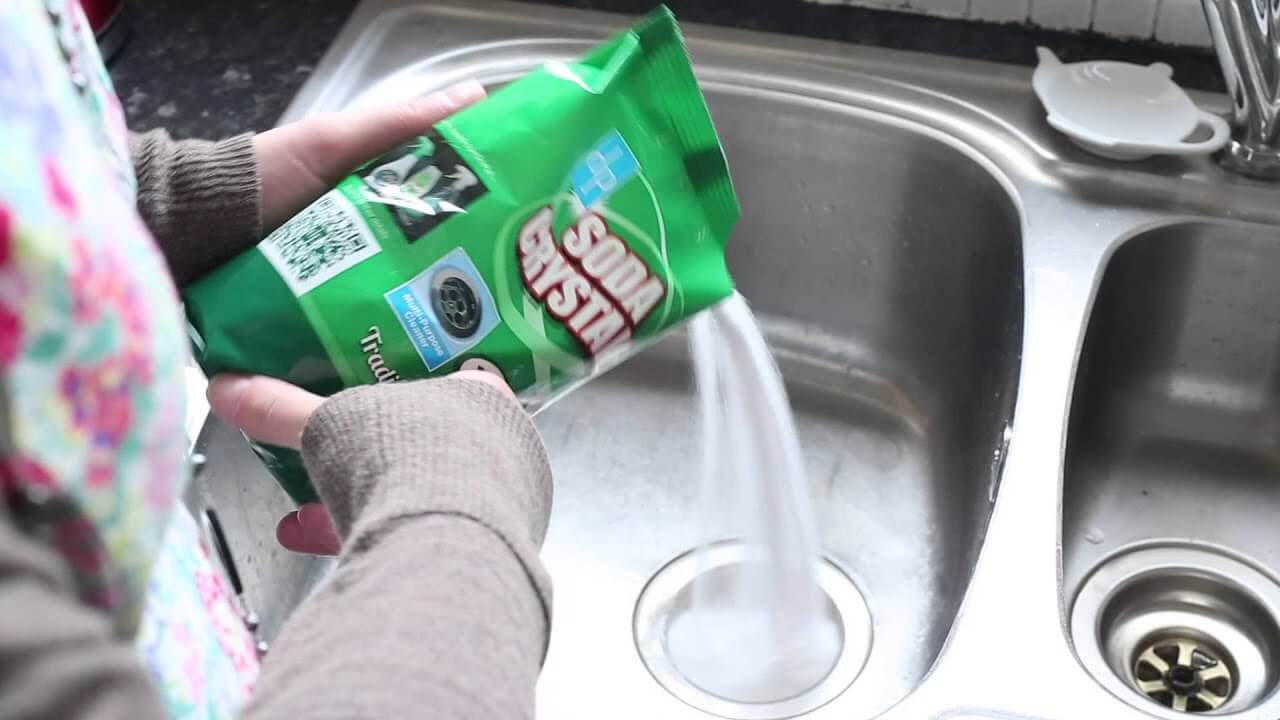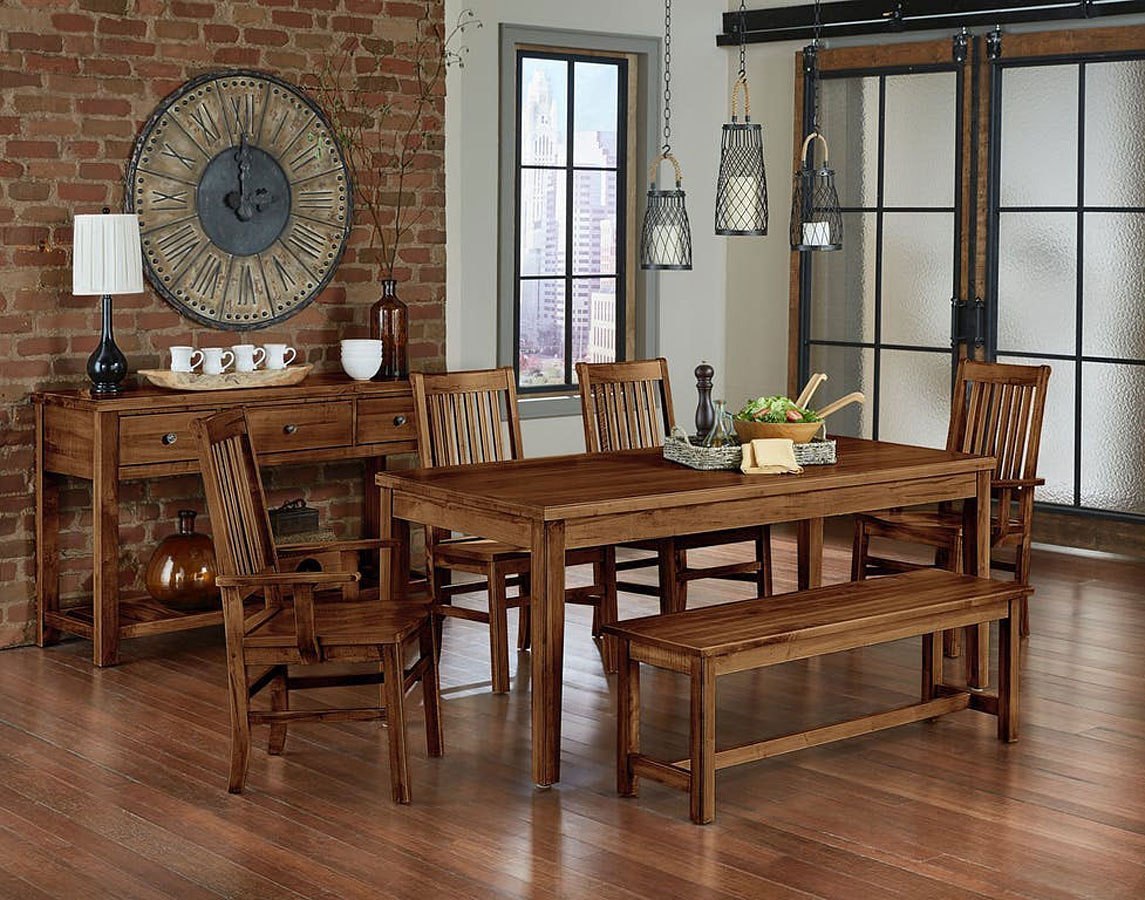If your kitchen sink is clogged and water is not draining properly, the first thing you should try is using a plunger. This simple tool can create suction and pressure to dislodge the blockage and allow water to flow freely again. Make sure to cover the overflow drain with a wet cloth before plunging to create a good seal. Plunging is especially effective for minor clogs and can save you from having to call a plumber.1. Plunger
For a more natural solution to a clogged kitchen sink, try using a mixture of baking soda and vinegar. Pour half a cup of baking soda down the drain, followed by half a cup of vinegar. Let the mixture sit for about 30 minutes, then pour boiling water down the drain to flush out any remaining debris. The chemical reaction between the two ingredients can help break down grease and other materials causing the clog.2. Baking Soda and Vinegar
If you have a simple clog caused by grease or food particles, pouring a pot of boiling water down the drain may do the trick. Boiling water can help melt and dissolve any buildup in the pipes, allowing water to flow freely once again. It's important to note that this method should not be used if you have PVC pipes, as the high temperature can damage them.3. Boiling Water
If the clog in your kitchen sink is more stubborn, you may need to use a plumbing snake to break it up. This tool is a long, flexible metal cable with a small auger on the end that can be inserted into the drain to dislodge the blockage. You can purchase a plumbing snake at your local hardware store or rent one from a home improvement store. Make sure to follow the instructions carefully to avoid damaging your pipes.4. Plumbing Snake
A plumber's auger, also known as a drain auger or cable auger, is a more heavy-duty version of a plumbing snake. It is usually used by professional plumbers to clear tough clogs in kitchen sinks and other drains. The auger has a longer cable and a larger auger head, making it more effective for clearing out stubborn blockages.5. Plumber's Auger
If you have a severe clog in your kitchen sink, hydro jetting may be necessary. This method involves using a high-pressure stream of water to blast through the blockage and clear out the pipes. Hydro jetting is best left to the professionals as it requires specialized equipment and can be dangerous if not done correctly.6. Hydro Jetting
Enzyme drain cleaners are a more natural alternative to chemical drain cleaners. These cleaners use enzymes to break down organic materials such as food particles and grease, which are often the cause of kitchen sink clogs. They are safe for your pipes and the environment, but may take longer to work compared to chemical cleaners.7. Enzyme Drain Cleaners
If you have a wet/dry vacuum, it can be a useful tool for unclogging your kitchen sink. Set the vacuum to the wet setting and use it to suck out any standing water in the sink. Then, place the vacuum hose over the drain and turn it on to create suction. This can help pull out any debris causing the clog.8. Wet/Dry Vacuum
If you don't have any specialized tools on hand, you can try using a mixture of dish soap and hot water to clear a clogged kitchen sink. Pour a generous amount of dish soap down the drain, followed by a pot of hot water. The soap can help break down grease and other materials, while the hot water can flush them out. This method is best for minor clogs and may not work for more stubborn blockages.9. Dish Soap and Hot Water
If all else fails, you can try using caustic soda to unclog your kitchen sink. This chemical, also known as sodium hydroxide, is highly alkaline and can dissolve hair, grease, and other materials causing the clog. However, it is a hazardous substance and should be handled with care. Make sure to follow the instructions carefully and wear protective gear, such as gloves and goggles, when using caustic soda.10. Caustic Soda
The Importance of Proper Drain Maintenance

Why a Clogged Kitchen Sink Can Be a Persistent Problem
 When it comes to house design, the kitchen is often considered the heart of the home. It's where we gather to cook, eat, and spend time with loved ones. However, when our kitchen sink becomes clogged, it can quickly turn into a major inconvenience. Even after trying to clear the blockage with a plunger or a drain snake, you may find that the problem persists. So why is a clogged kitchen sink such a persistent issue?
The main culprit behind a clogged kitchen sink is improper drain maintenance.
We often neglect to properly care for our drains, simply assuming that they will continue to function efficiently. However, over time, debris such as food scraps, grease, and soap scum can build up in our pipes, creating a stubborn blockage. Additionally,
using harsh chemical drain cleaners can actually do more harm than good
, as they can corrode and damage your pipes, making them more susceptible to clogs.
When it comes to house design, the kitchen is often considered the heart of the home. It's where we gather to cook, eat, and spend time with loved ones. However, when our kitchen sink becomes clogged, it can quickly turn into a major inconvenience. Even after trying to clear the blockage with a plunger or a drain snake, you may find that the problem persists. So why is a clogged kitchen sink such a persistent issue?
The main culprit behind a clogged kitchen sink is improper drain maintenance.
We often neglect to properly care for our drains, simply assuming that they will continue to function efficiently. However, over time, debris such as food scraps, grease, and soap scum can build up in our pipes, creating a stubborn blockage. Additionally,
using harsh chemical drain cleaners can actually do more harm than good
, as they can corrode and damage your pipes, making them more susceptible to clogs.
The Importance of Regular Drain Cleaning
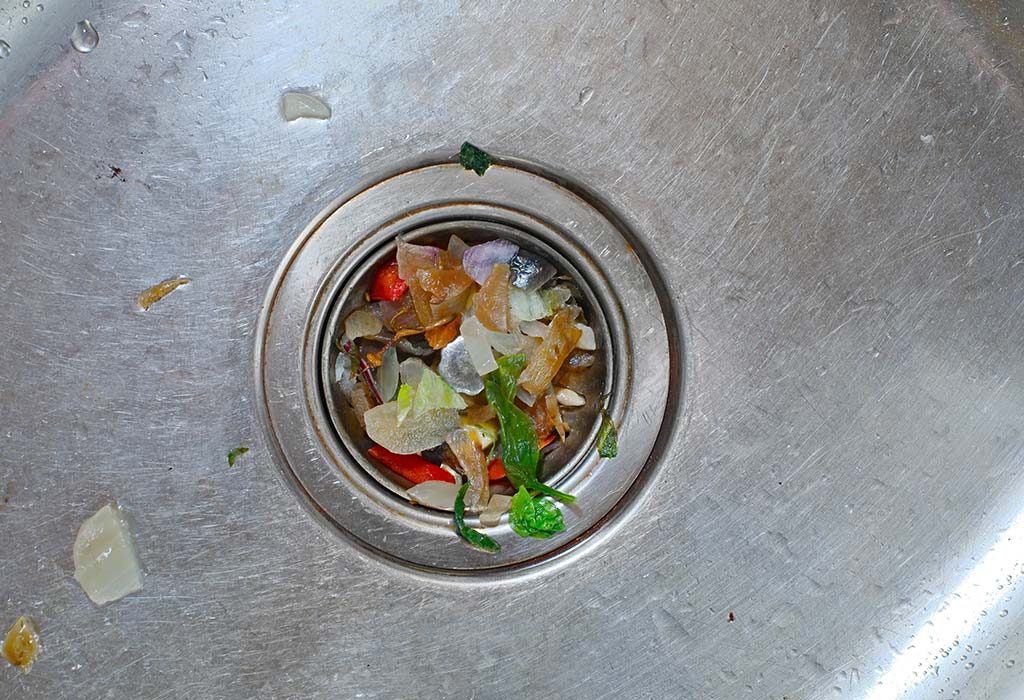 In order to prevent a clogged kitchen sink, it's important to incorporate regular drain cleaning into your household maintenance routine. This can involve simple tasks such as
regularly flushing hot water down your drains
to melt away any grease or build-up. You can also use a mixture of baking soda and vinegar to help break down stubborn clogs.
In order to prevent a clogged kitchen sink, it's important to incorporate regular drain cleaning into your household maintenance routine. This can involve simple tasks such as
regularly flushing hot water down your drains
to melt away any grease or build-up. You can also use a mixture of baking soda and vinegar to help break down stubborn clogs.
Hire a Professional Plumber
 If you find that your kitchen sink is still clogged even after snaking, it may be time to call in a professional plumber. They have the expertise and specialized equipment to properly diagnose and remove clogs from your pipes. They can also provide you with preventative tips and tricks to help keep your drains clear in the future.
In conclusion, a clogged kitchen sink can be a persistent problem, but it doesn't have to be. By properly maintaining your drains and seeking professional help when needed, you can ensure that your kitchen sink remains clear and functional, allowing you to enjoy your home's heart to its fullest potential. Don't let a clogged sink put a damper on your daily routine – take the necessary steps to keep your drains in top shape.
If you find that your kitchen sink is still clogged even after snaking, it may be time to call in a professional plumber. They have the expertise and specialized equipment to properly diagnose and remove clogs from your pipes. They can also provide you with preventative tips and tricks to help keep your drains clear in the future.
In conclusion, a clogged kitchen sink can be a persistent problem, but it doesn't have to be. By properly maintaining your drains and seeking professional help when needed, you can ensure that your kitchen sink remains clear and functional, allowing you to enjoy your home's heart to its fullest potential. Don't let a clogged sink put a damper on your daily routine – take the necessary steps to keep your drains in top shape.



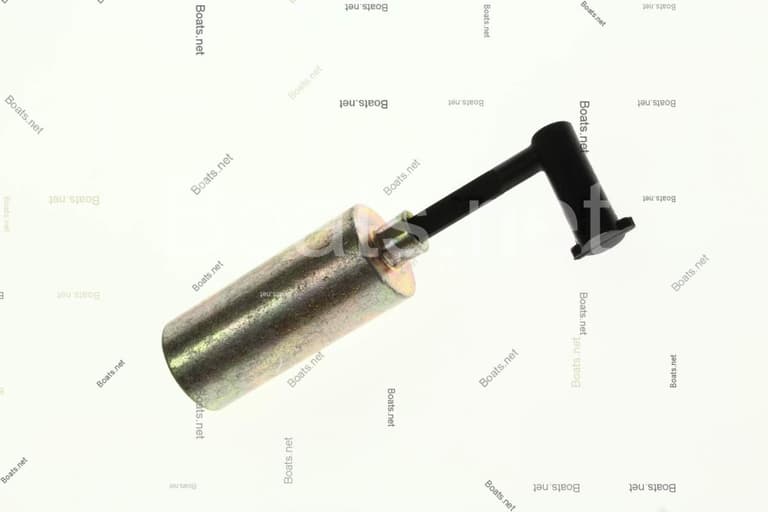
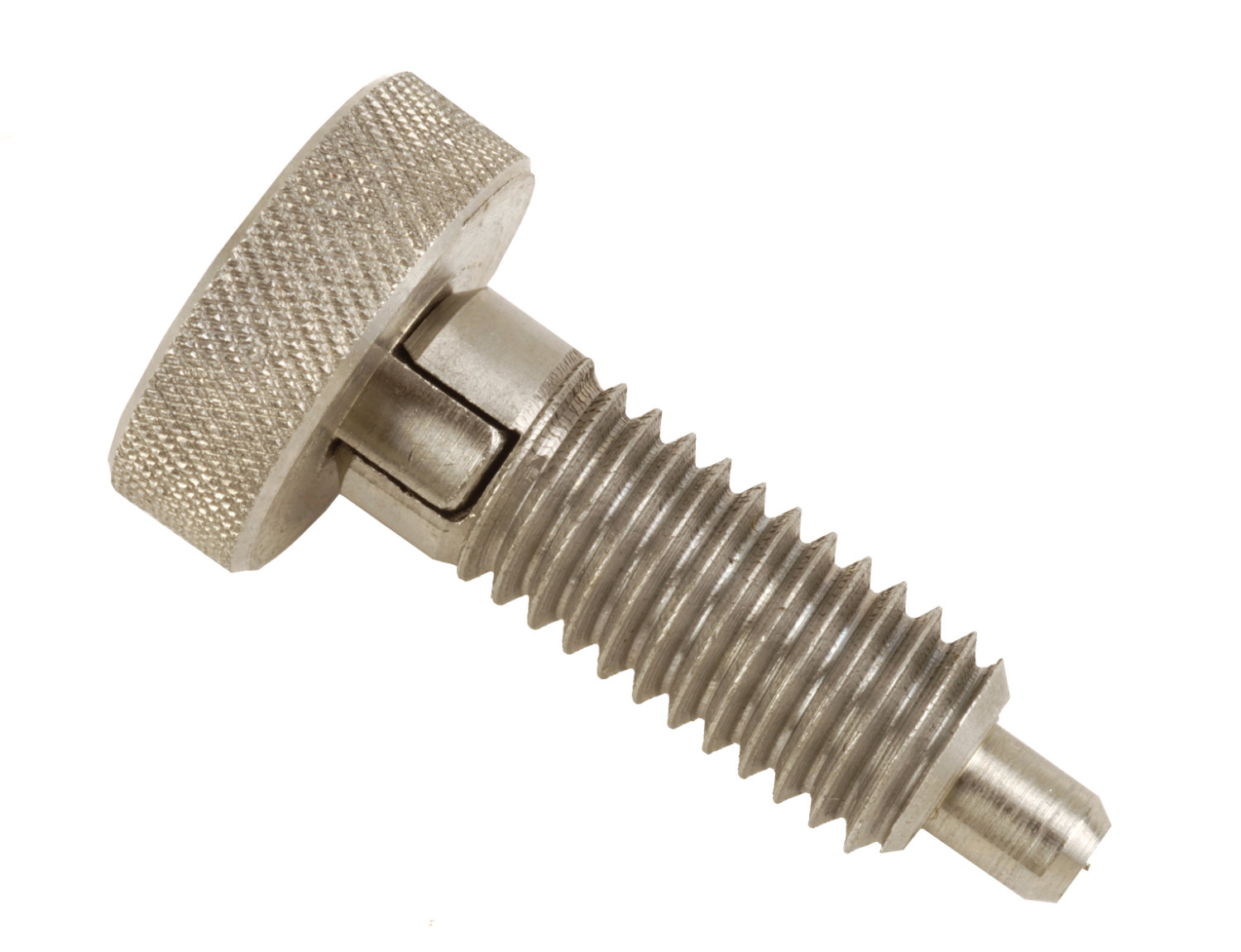

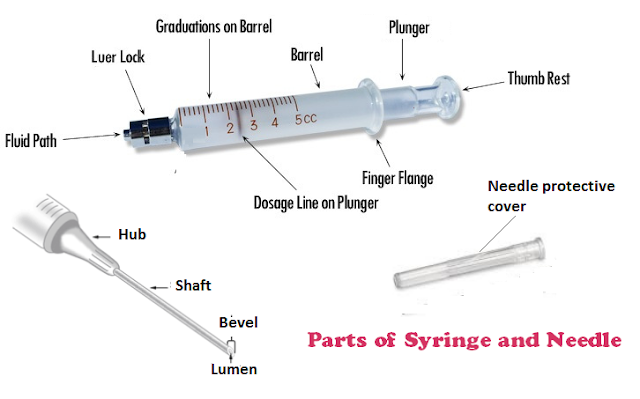




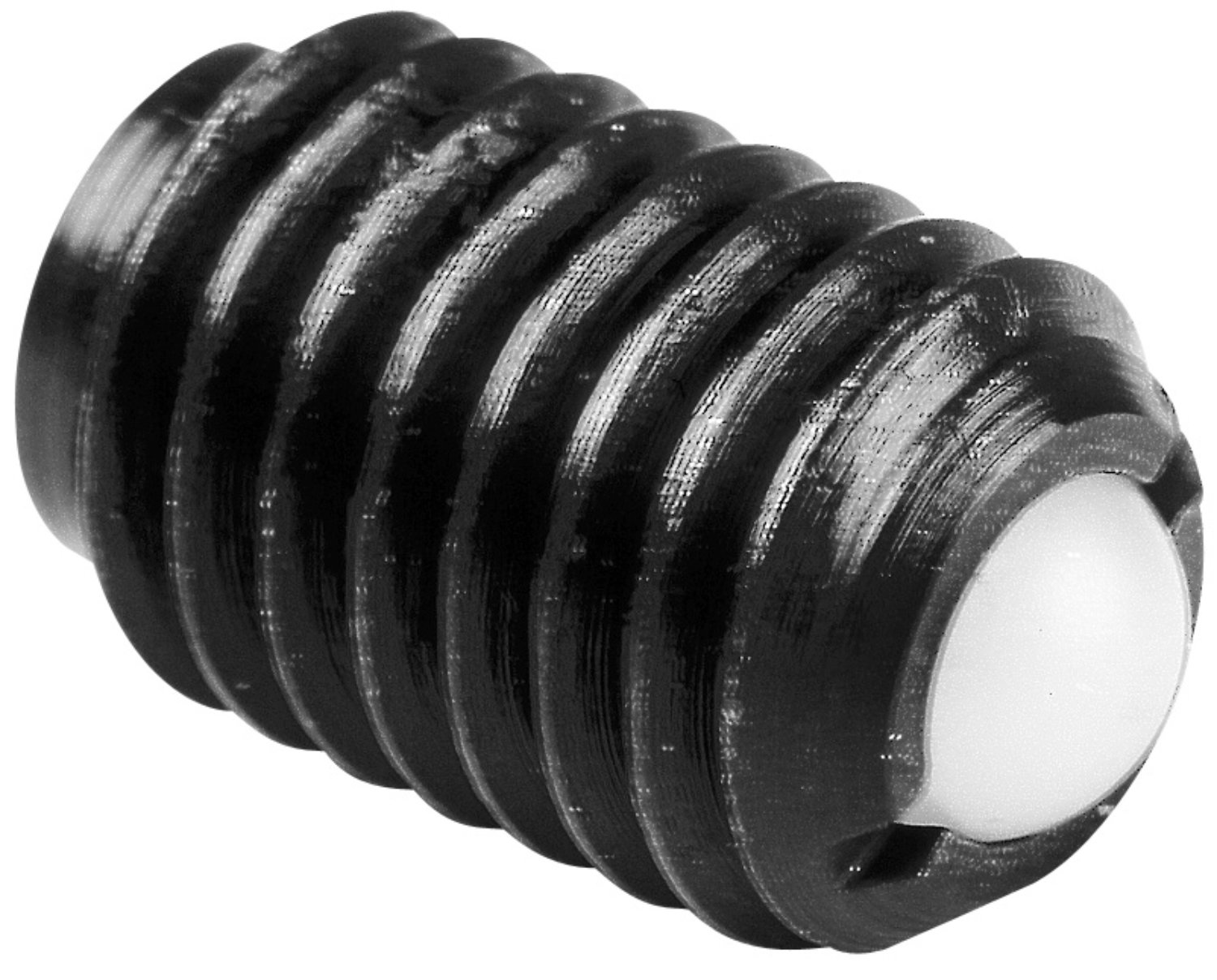



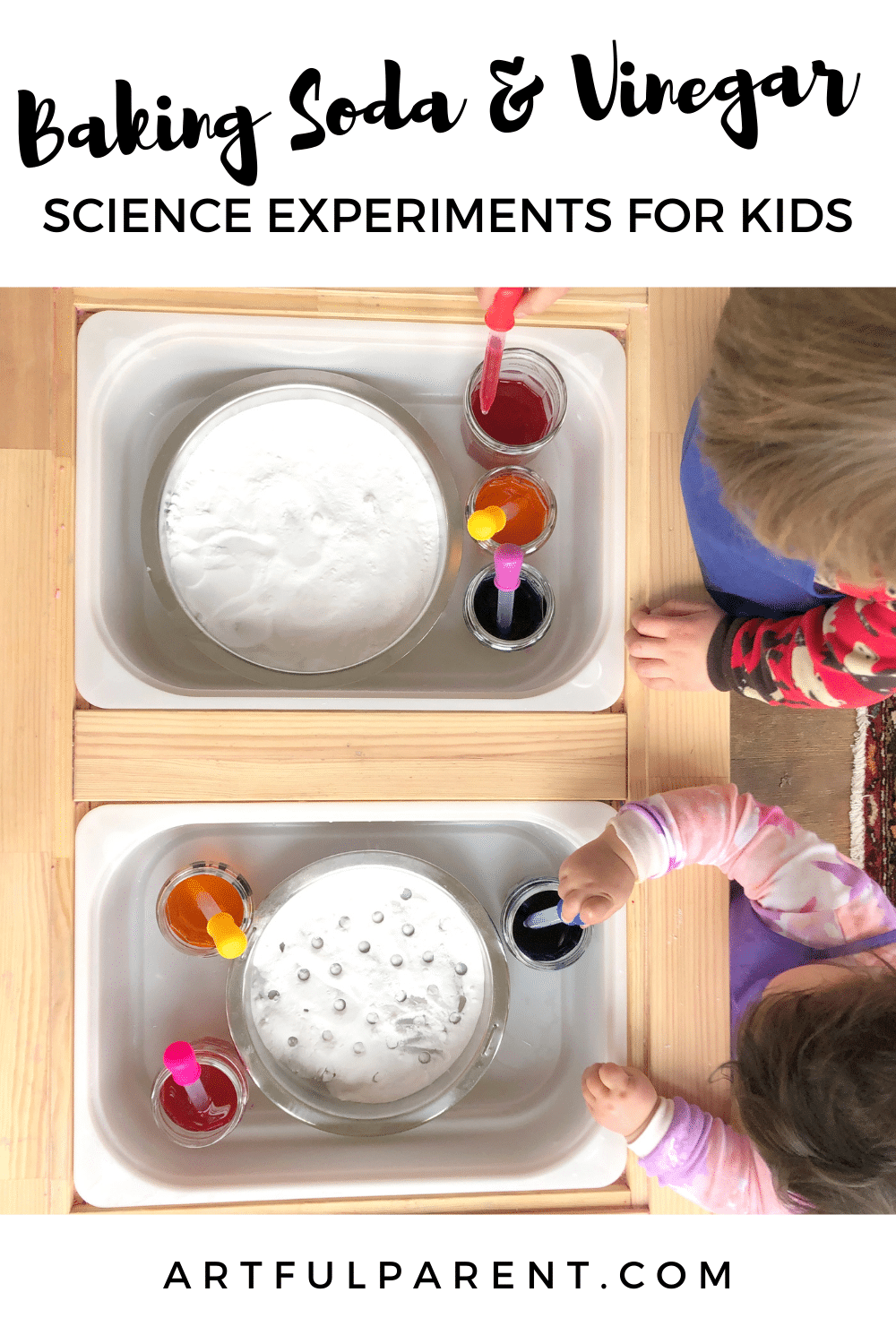



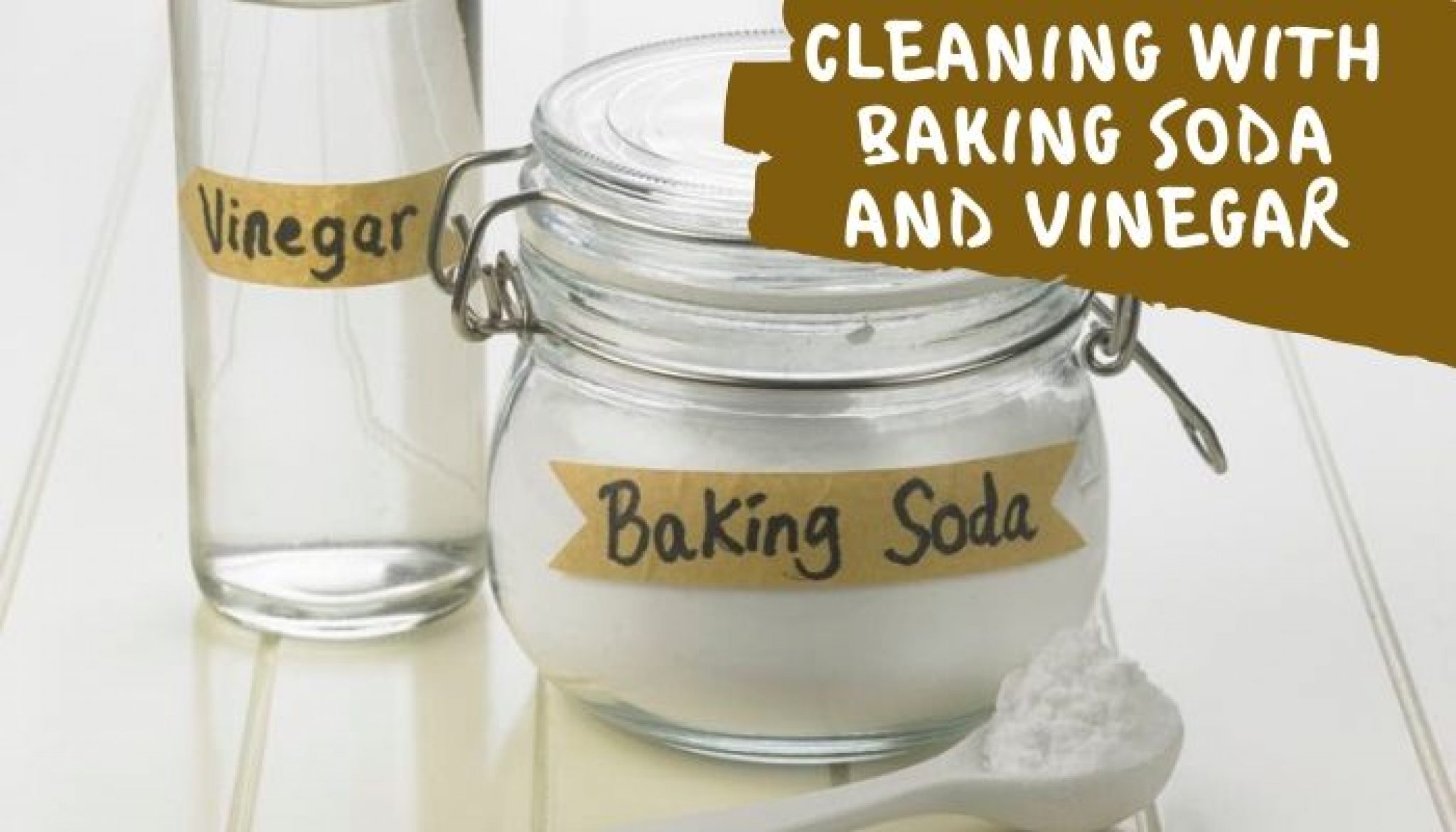
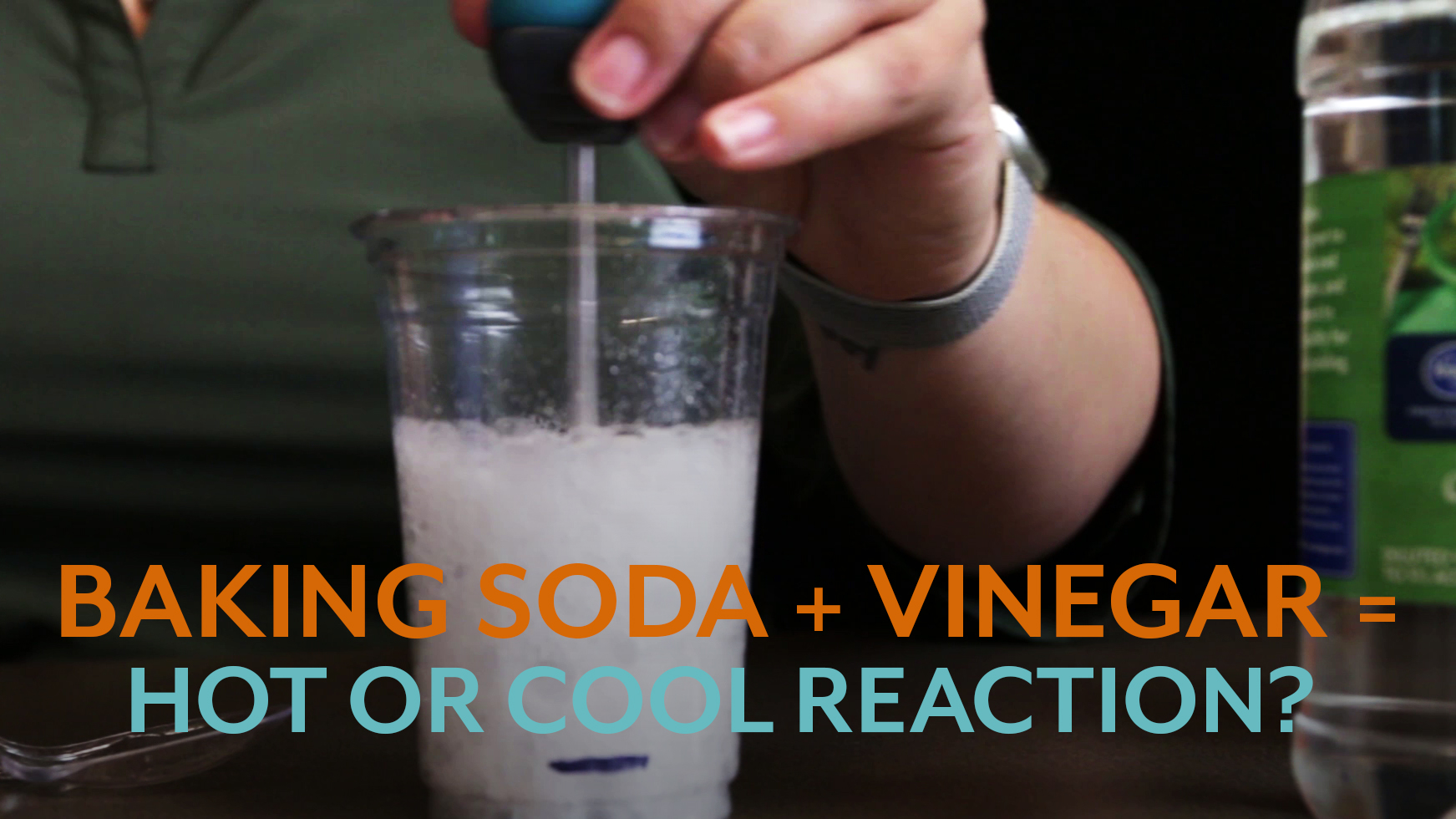

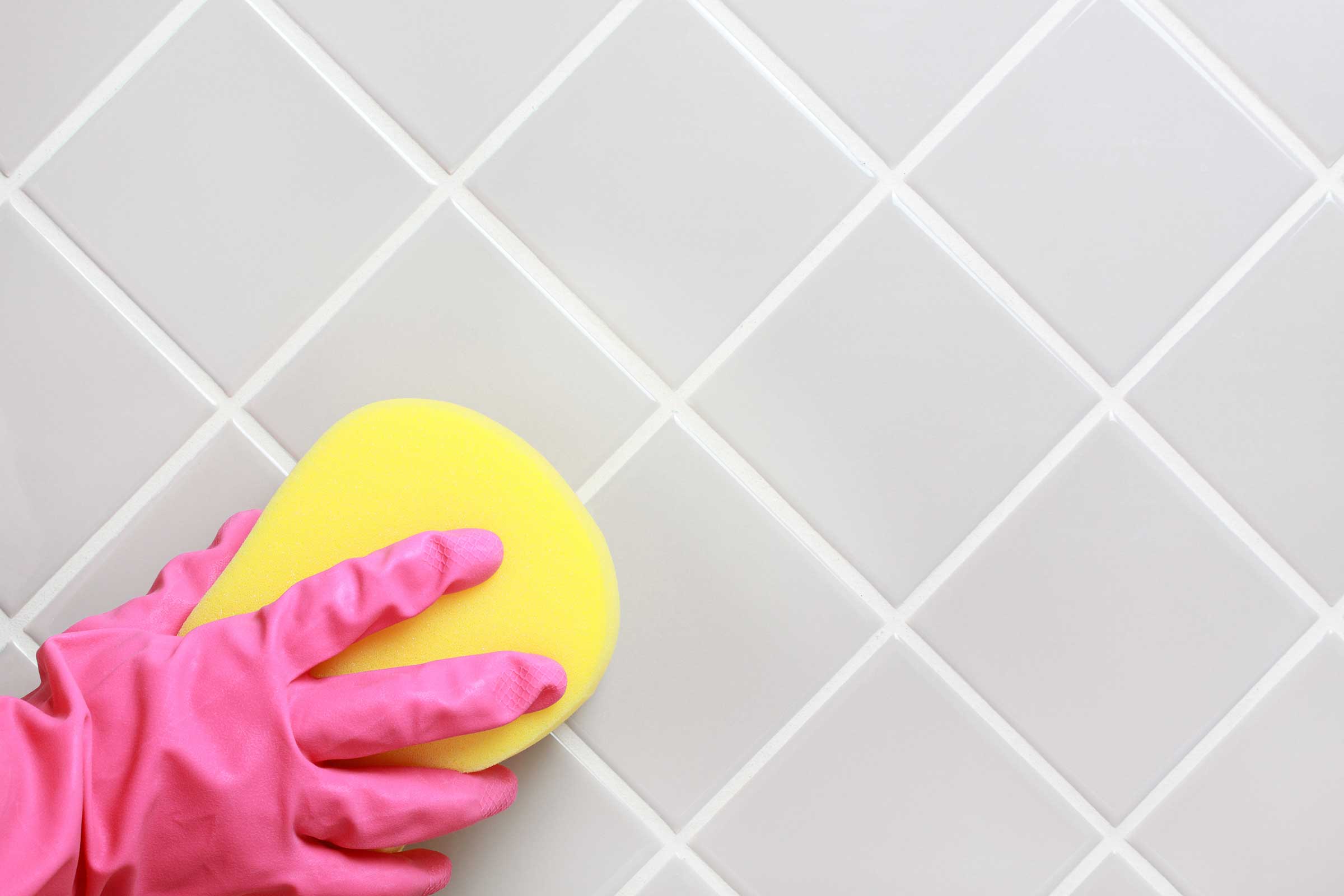




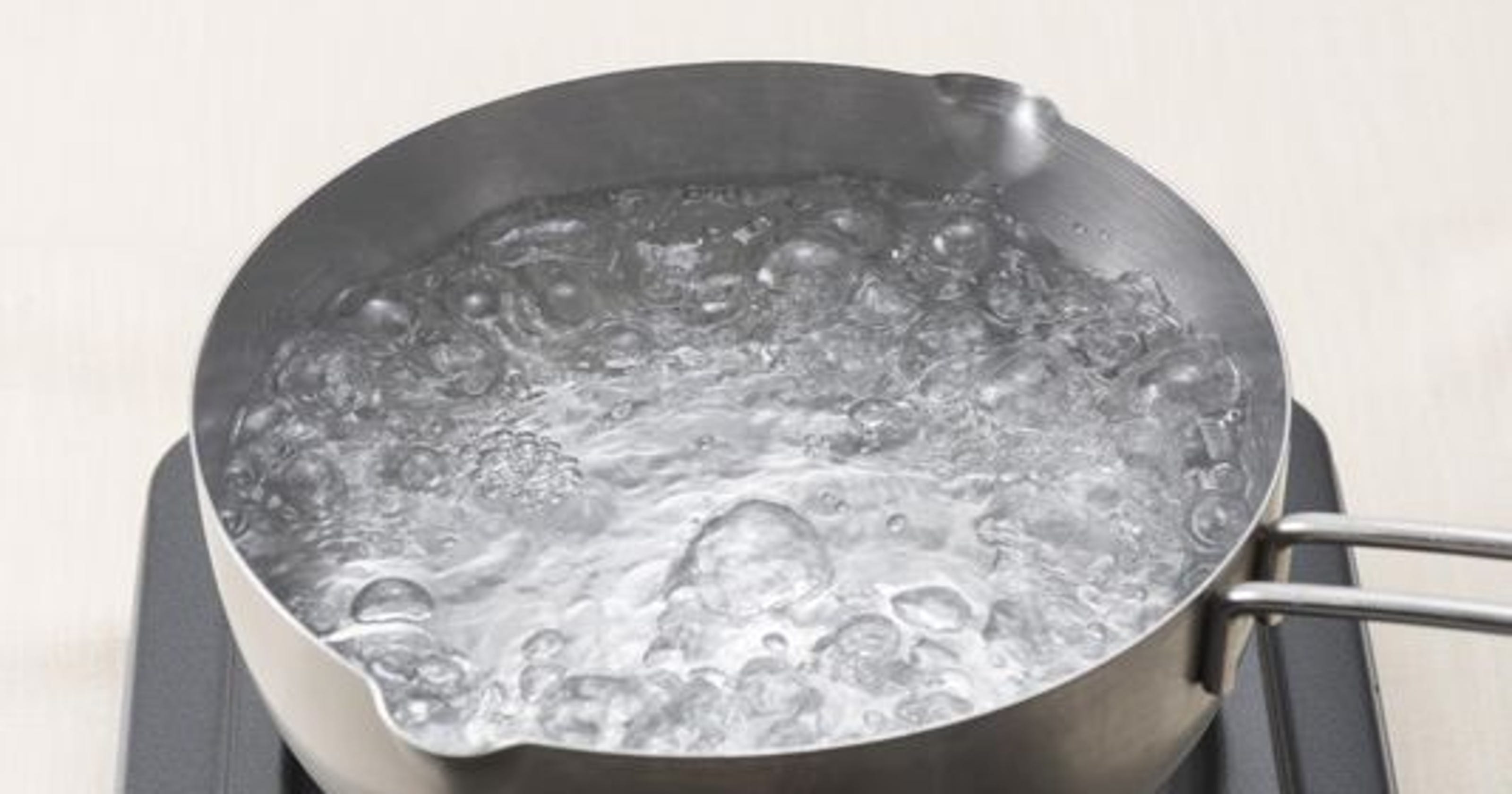
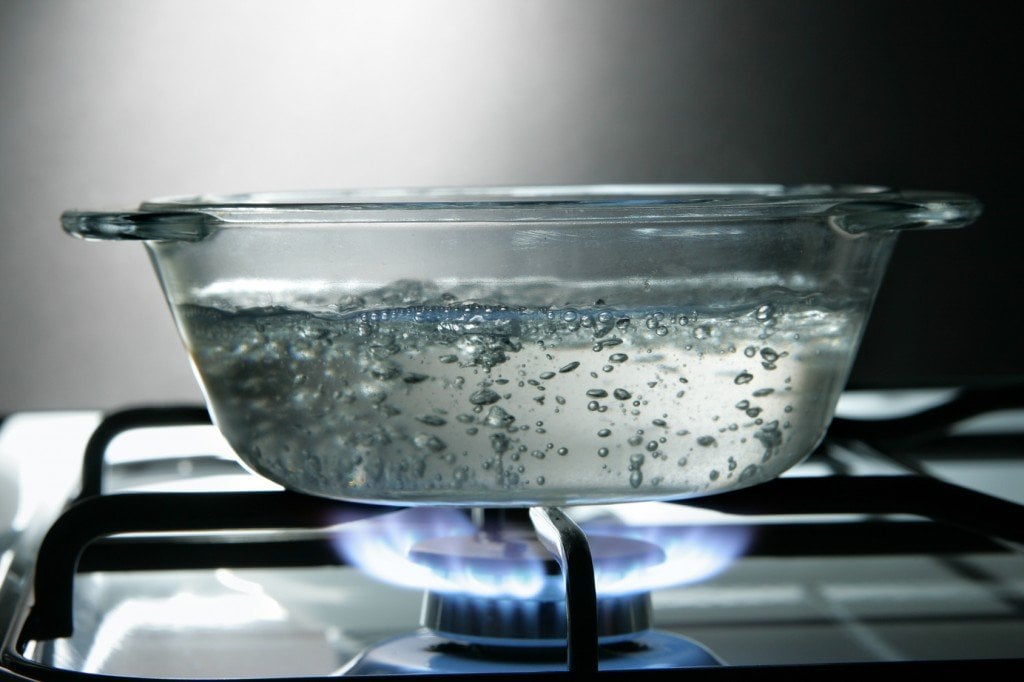




/boiling-water-on-gas-stove-143735234-5790aeb35f9b584d2005e949.jpg)
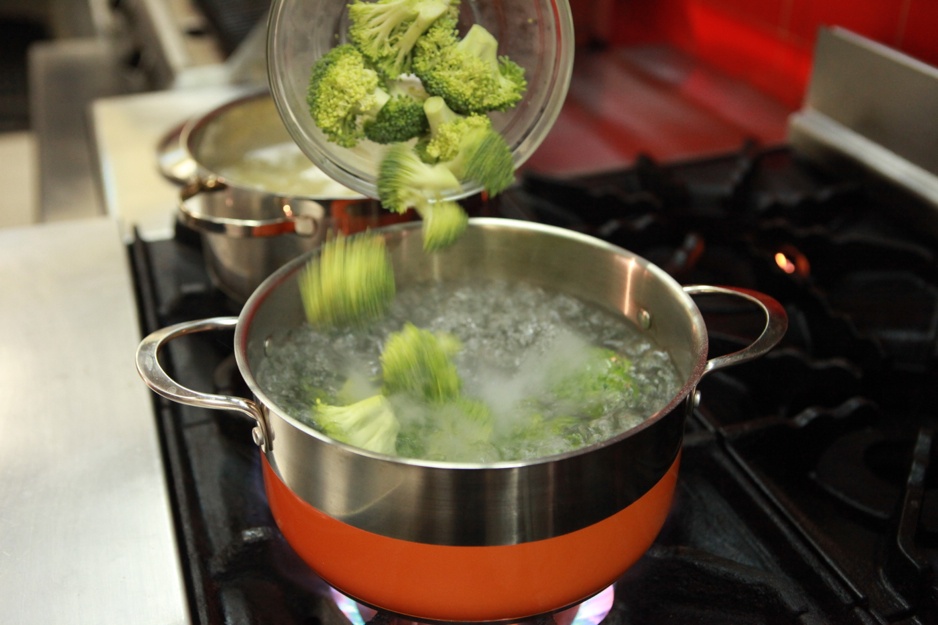





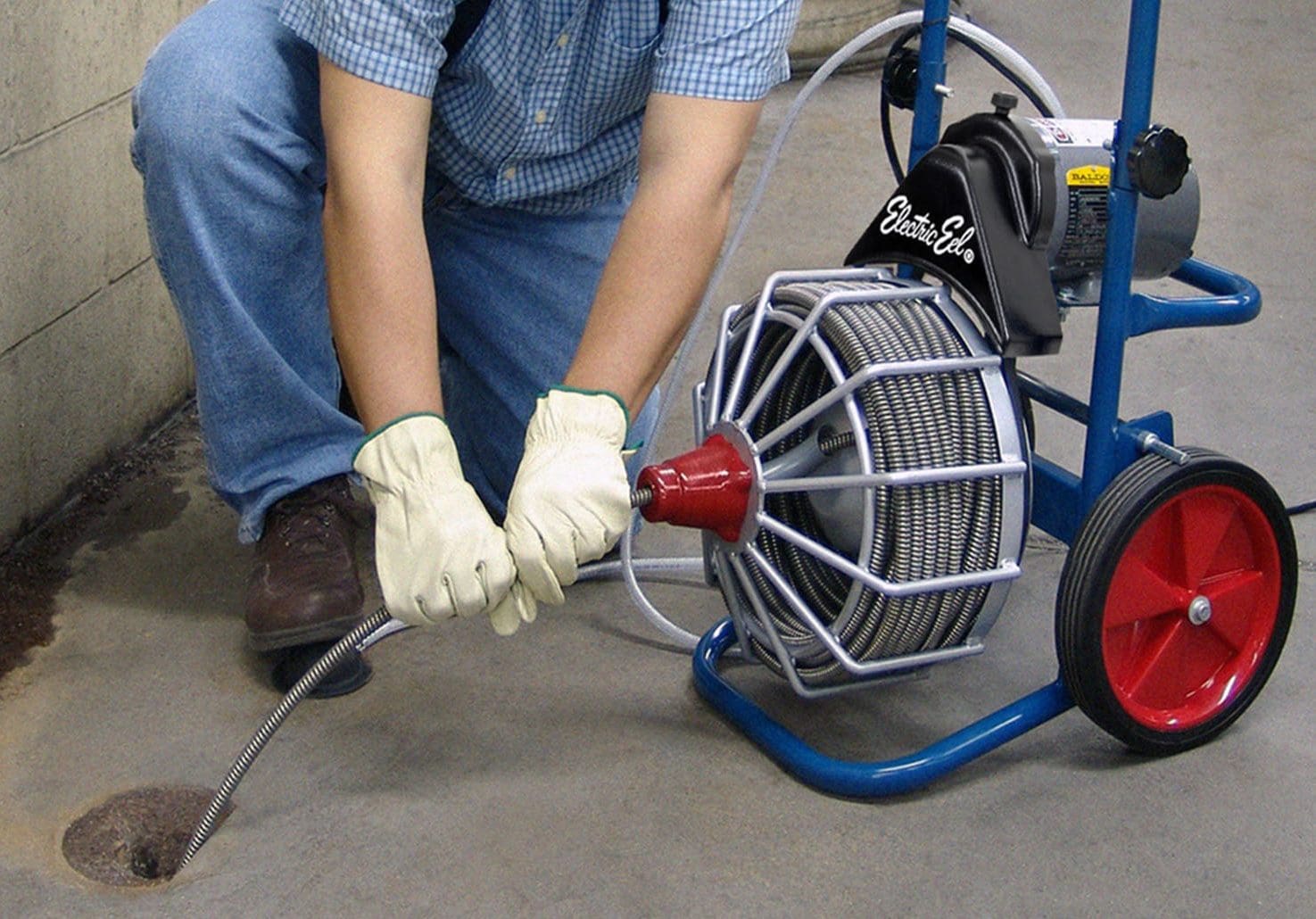


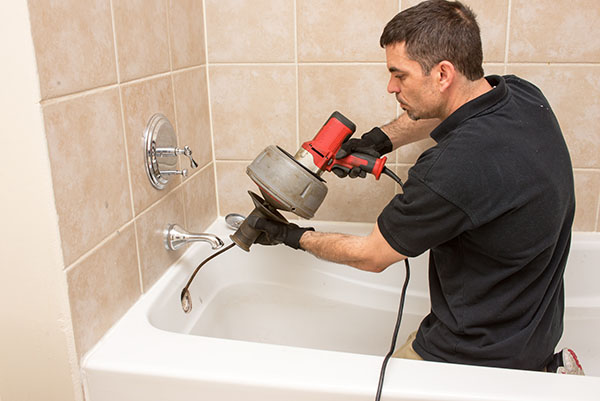




.png)
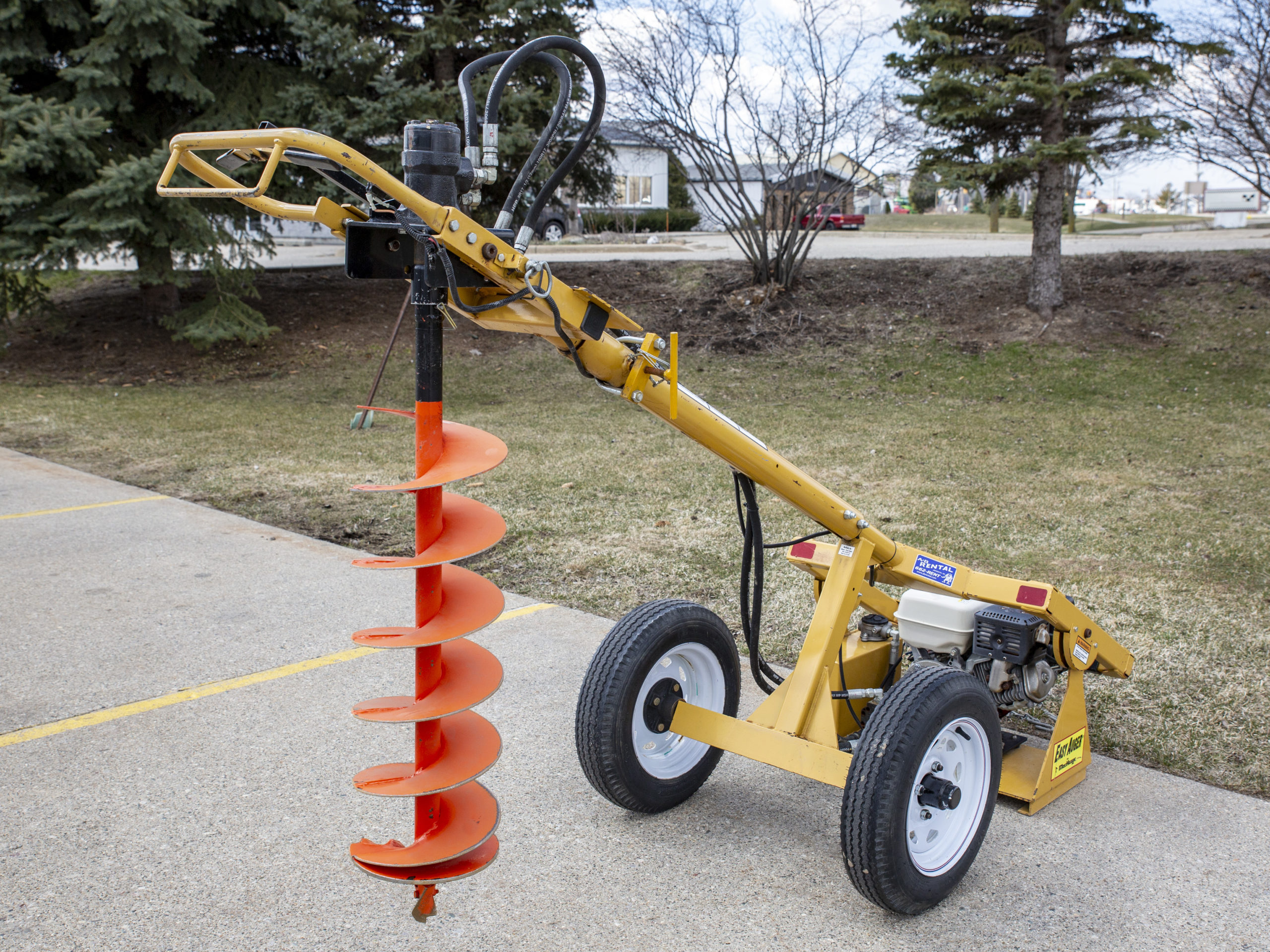
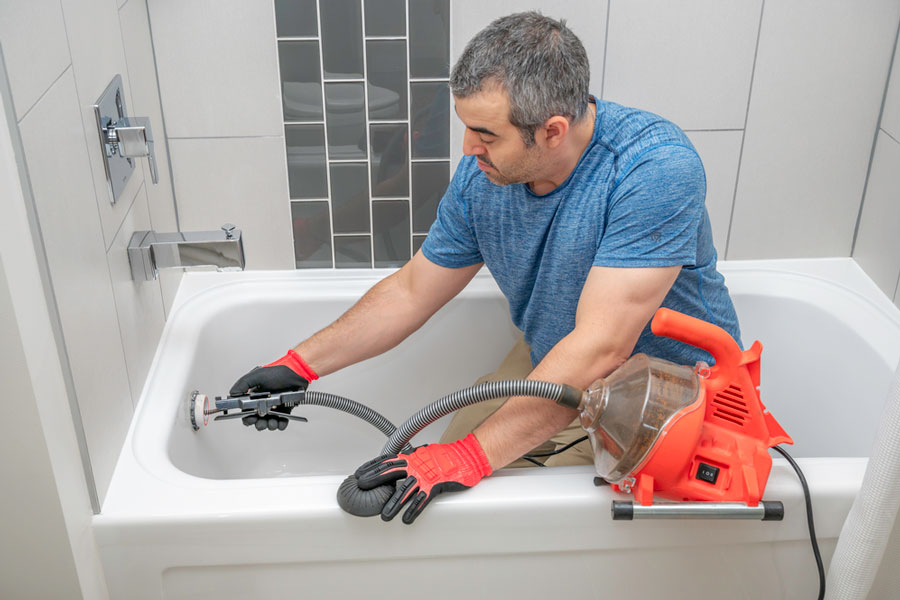

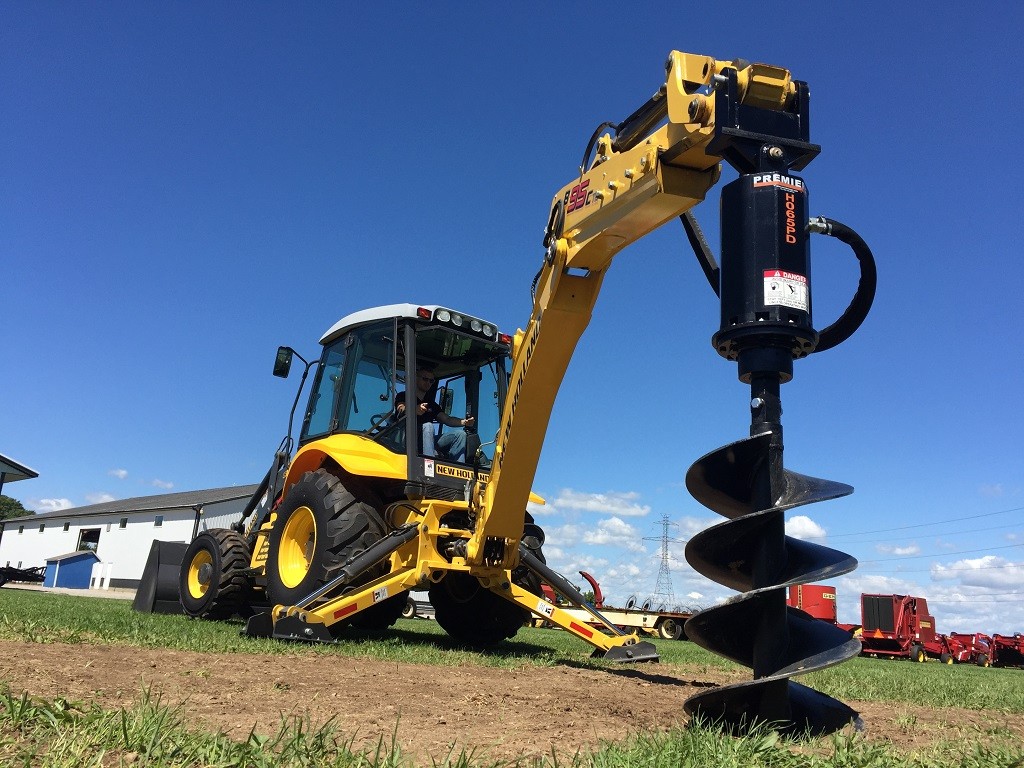
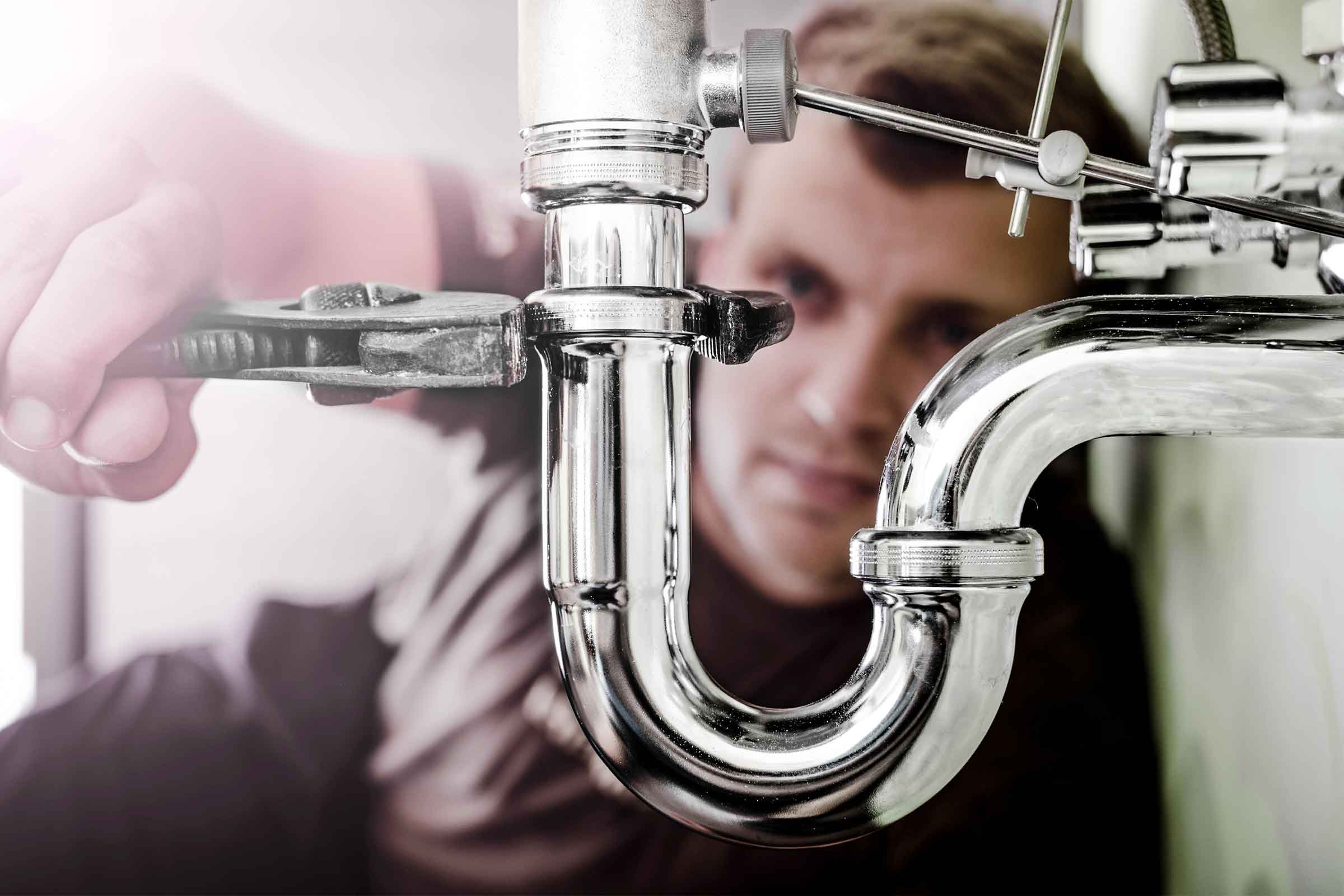
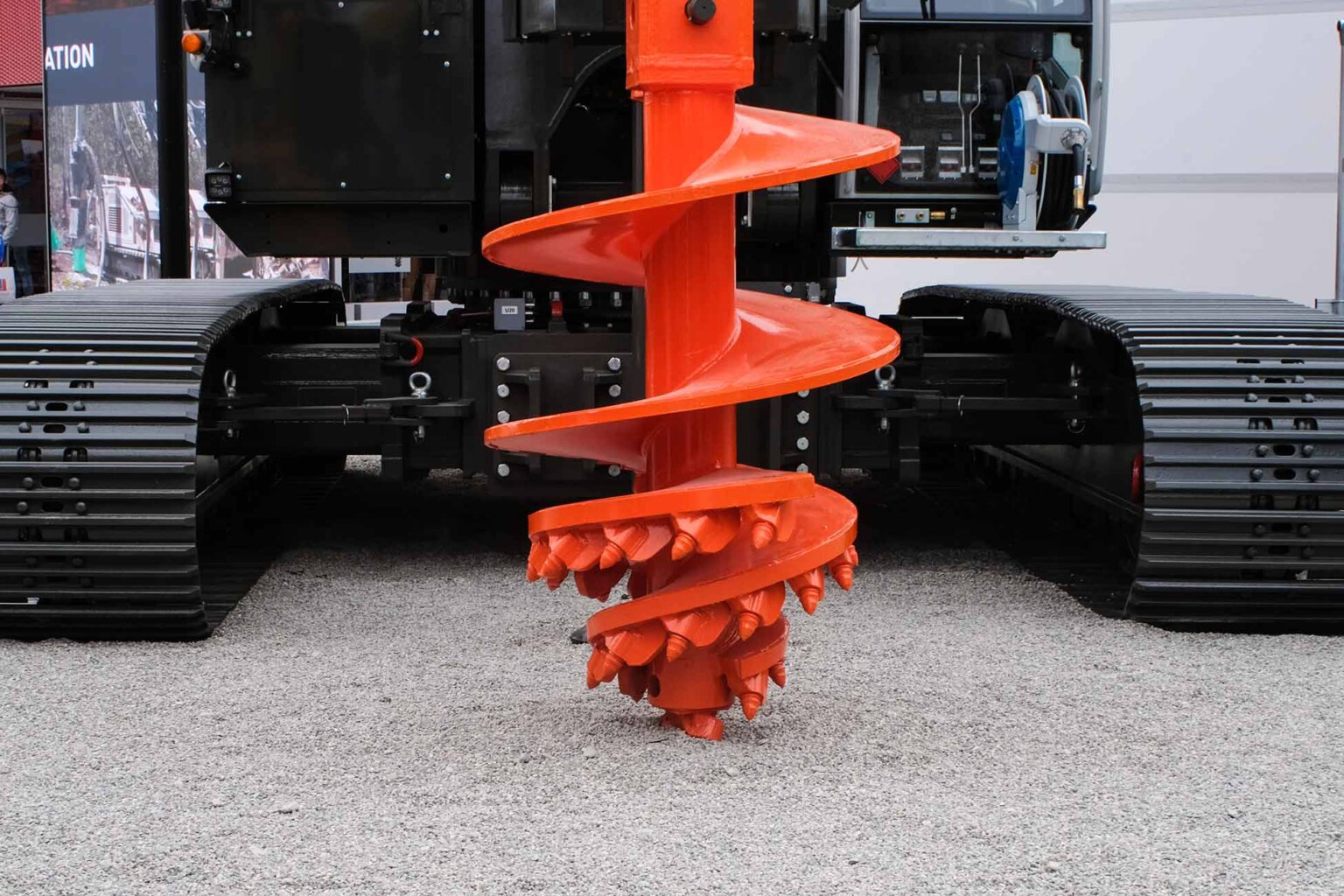



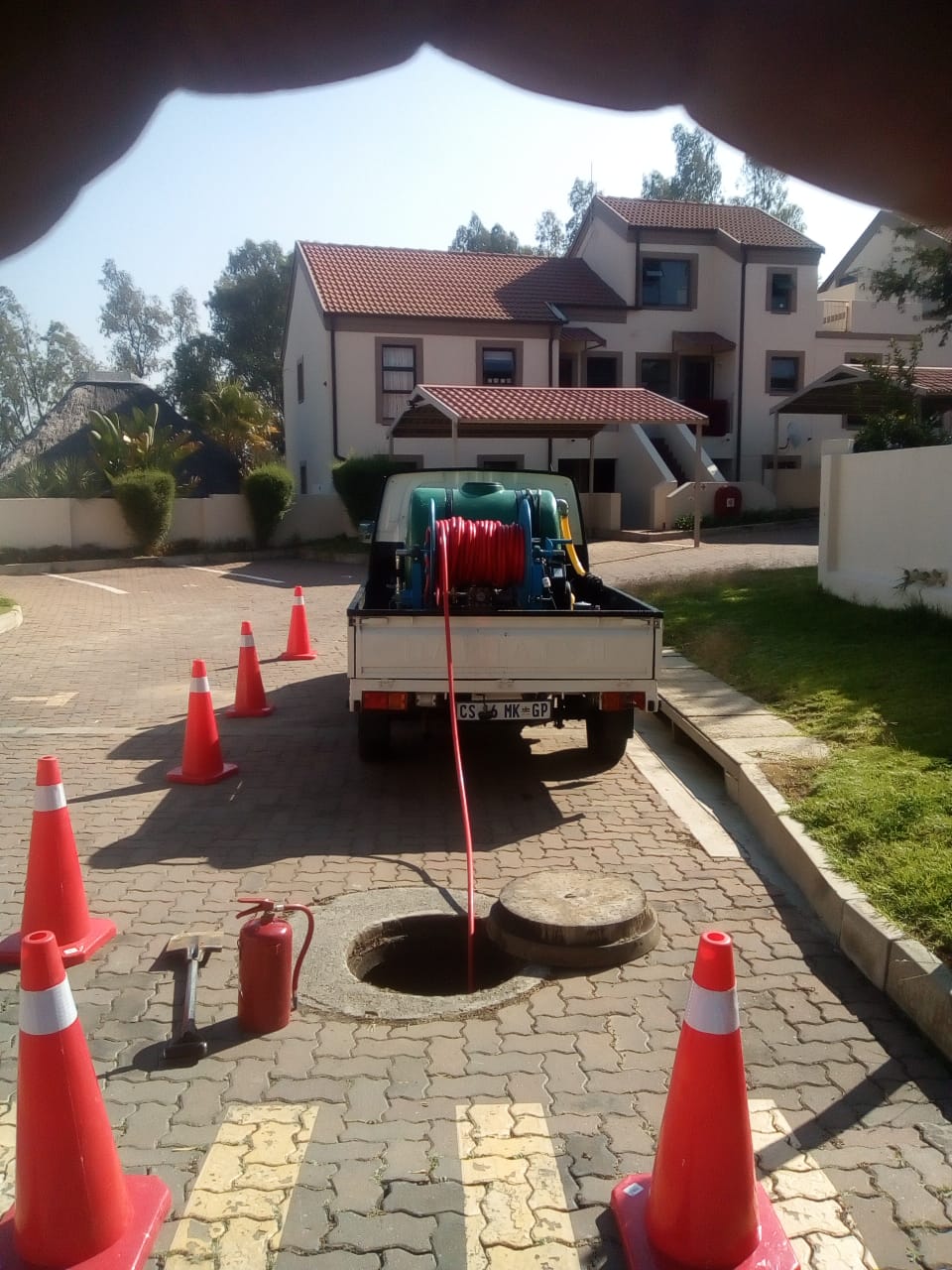

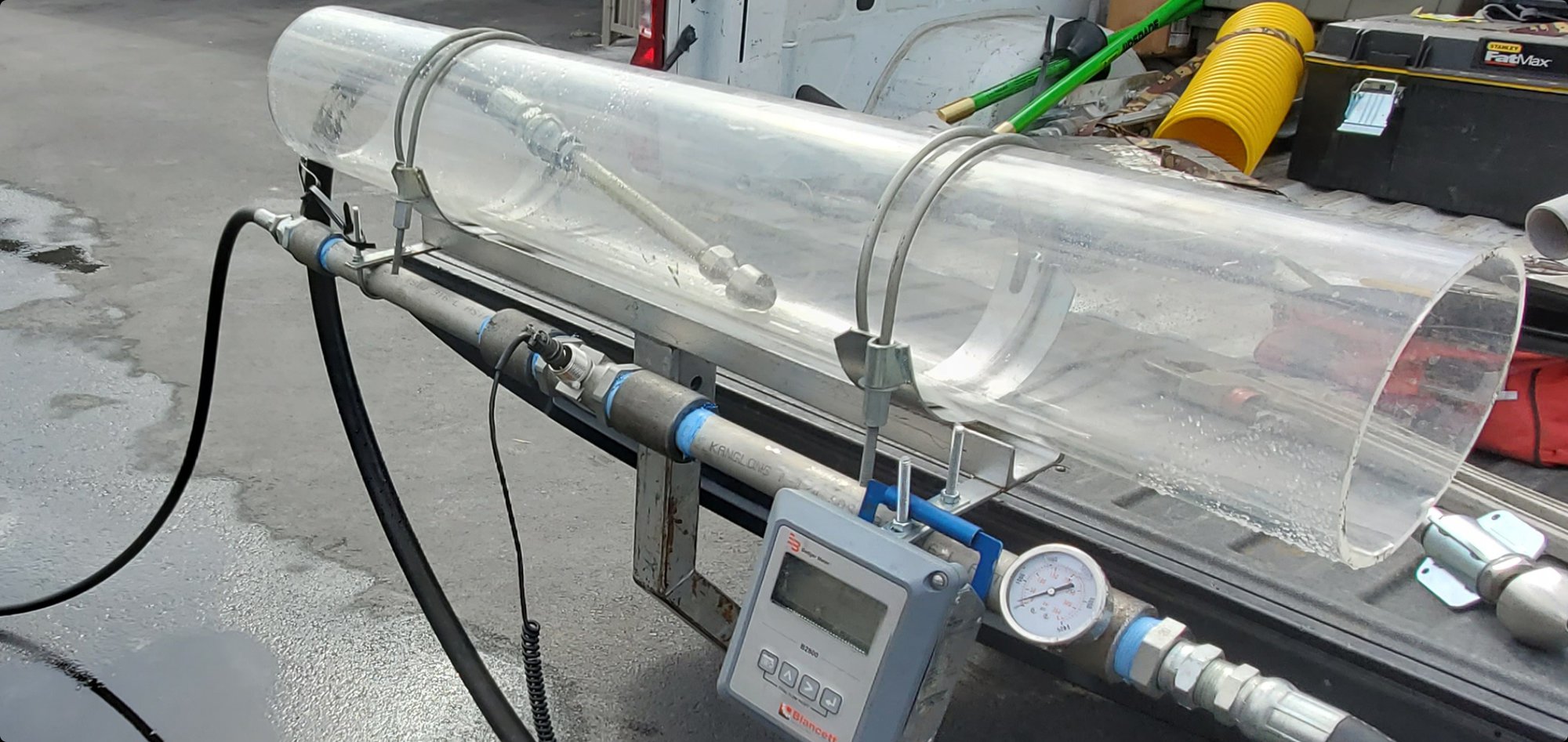

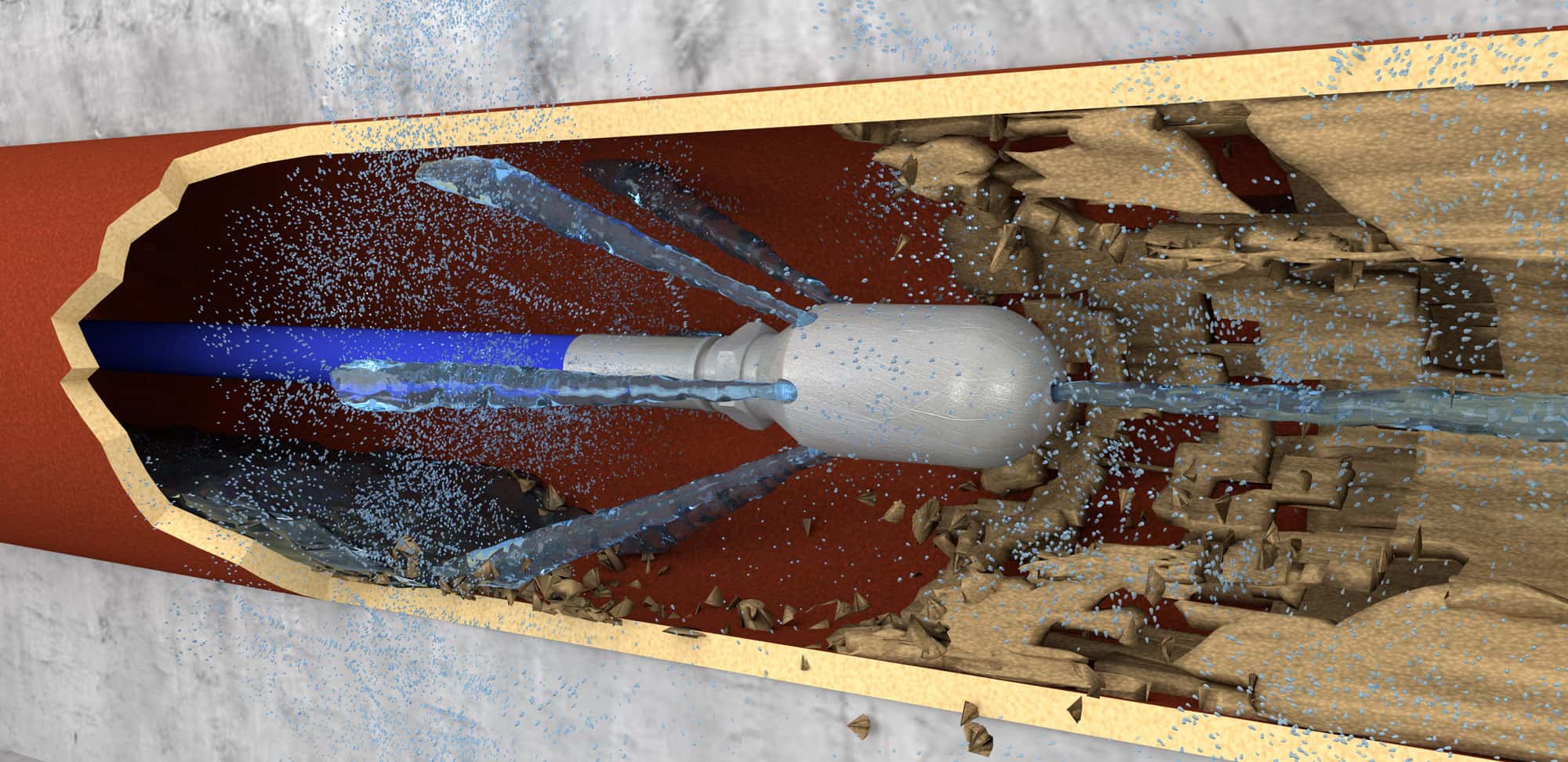


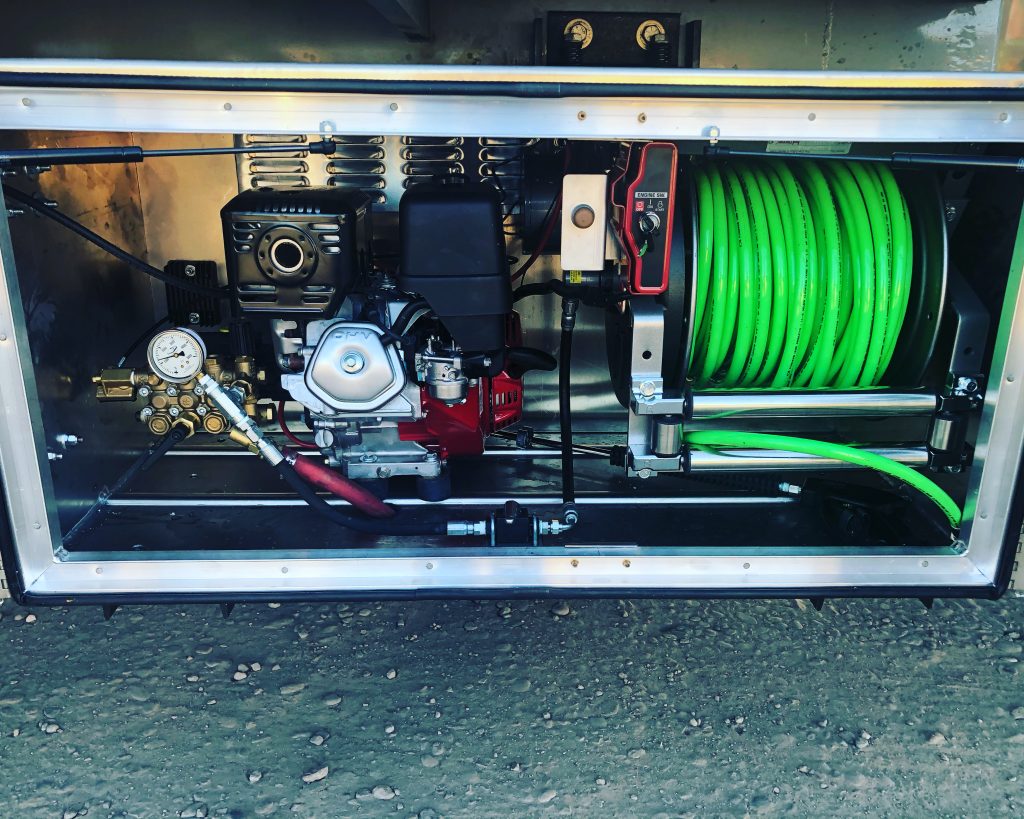
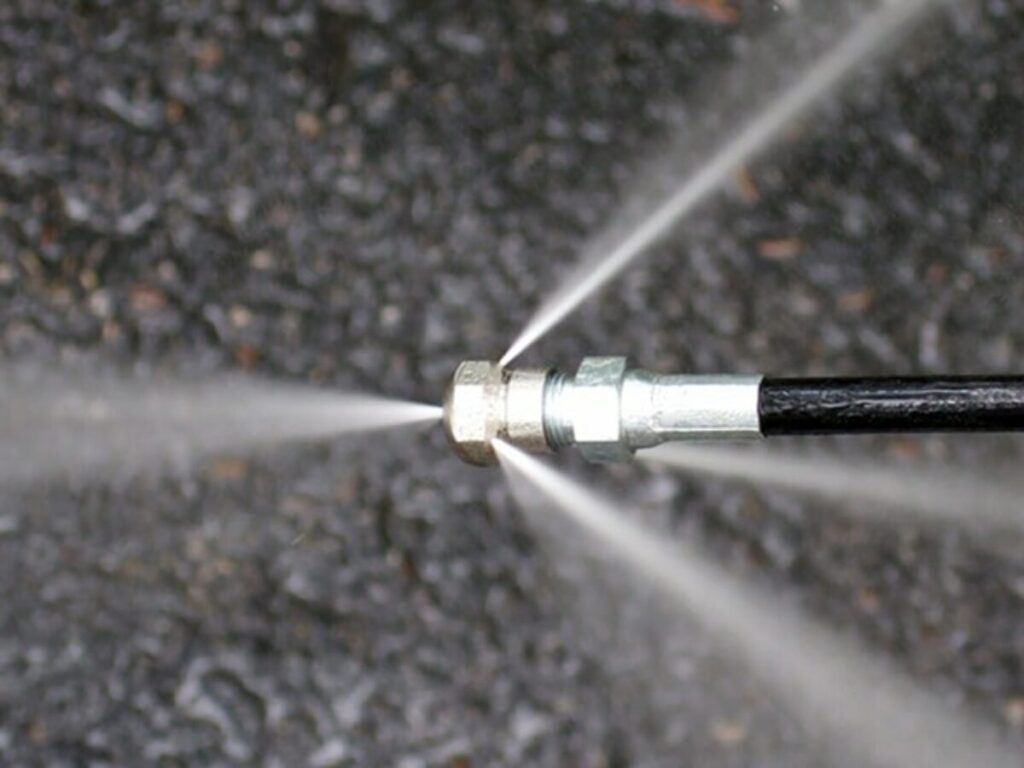

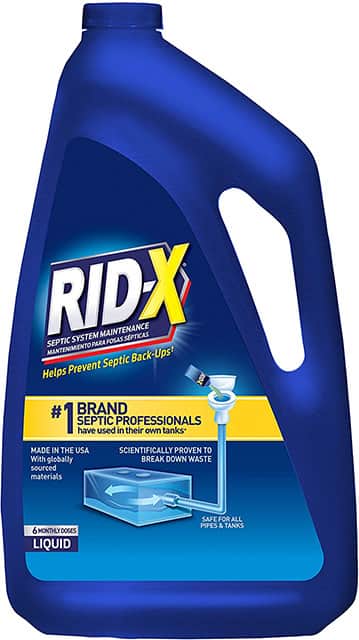

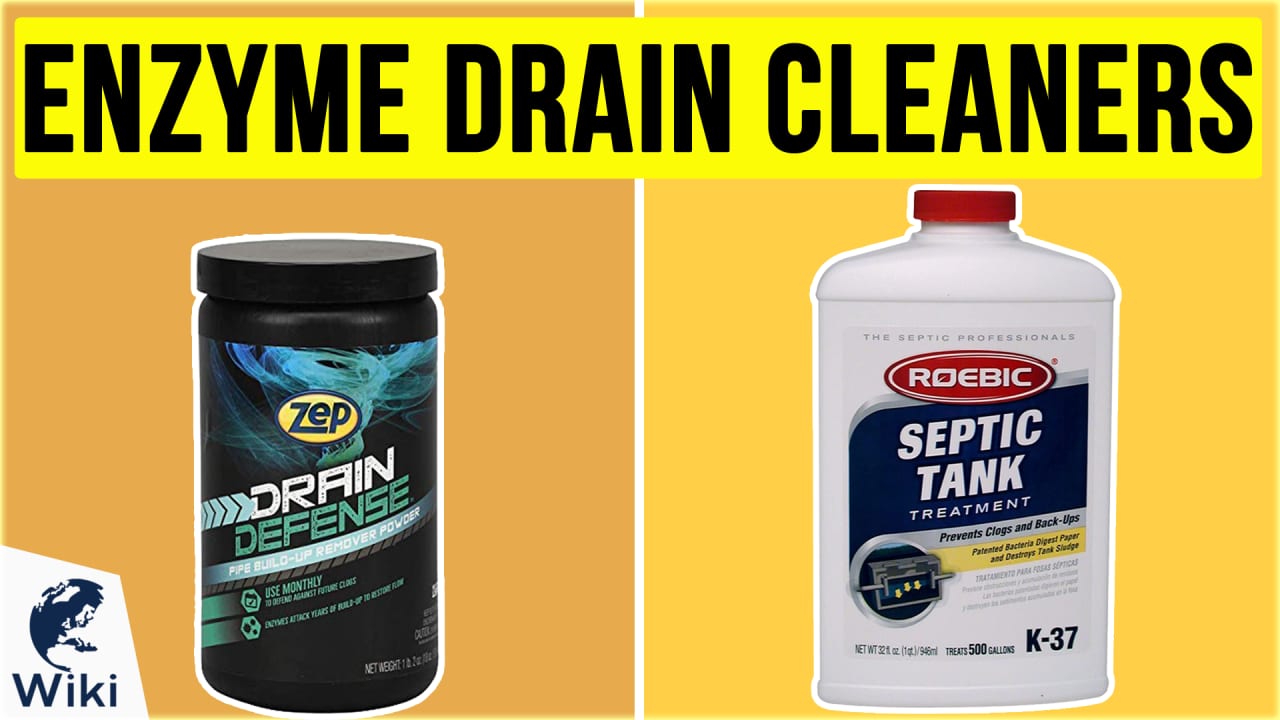


/GreenGobblerRefresh32oz-5bc63b0d4cedfd00266e4611.jpg)





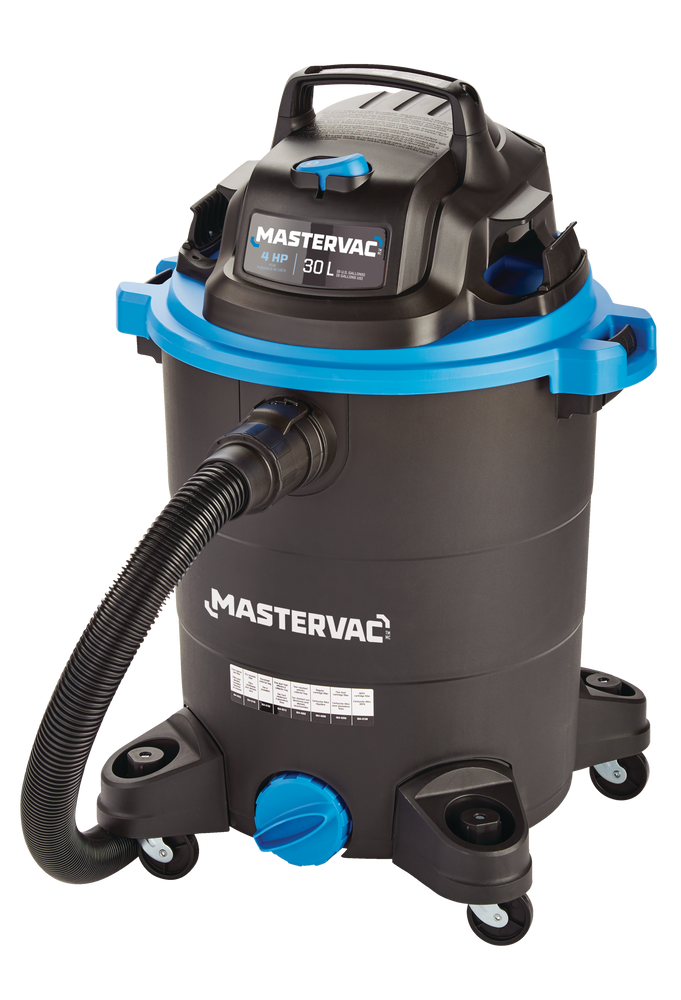





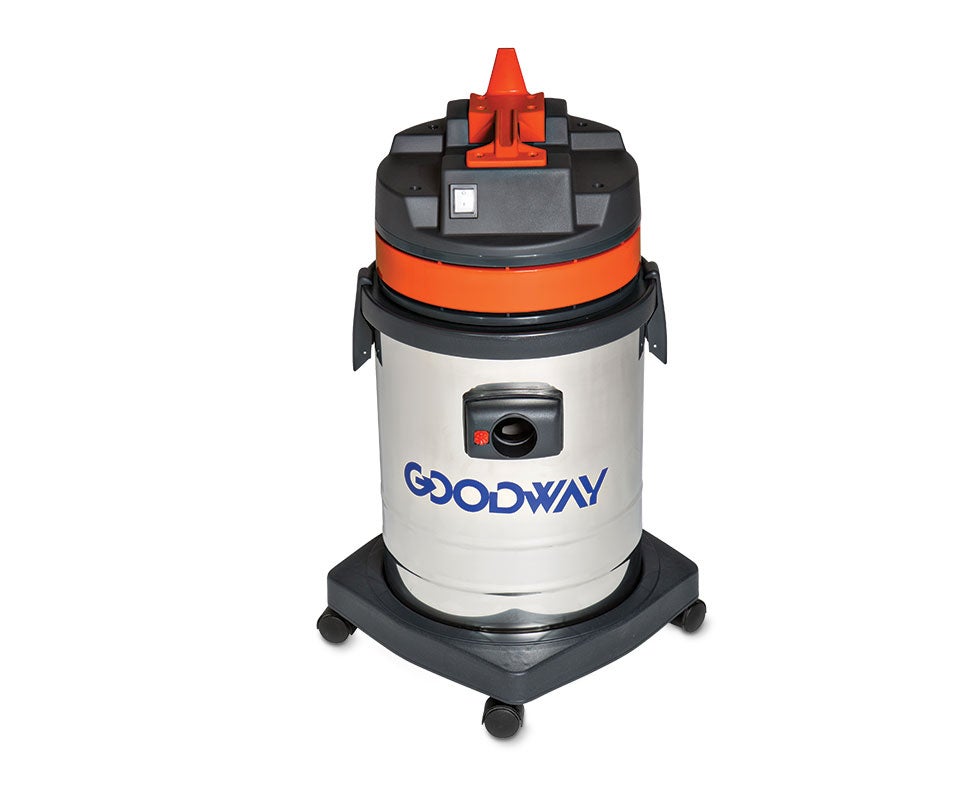





/GettyImages-80566571-5a1ca234aad52b00373338ff.jpg)






